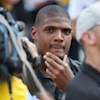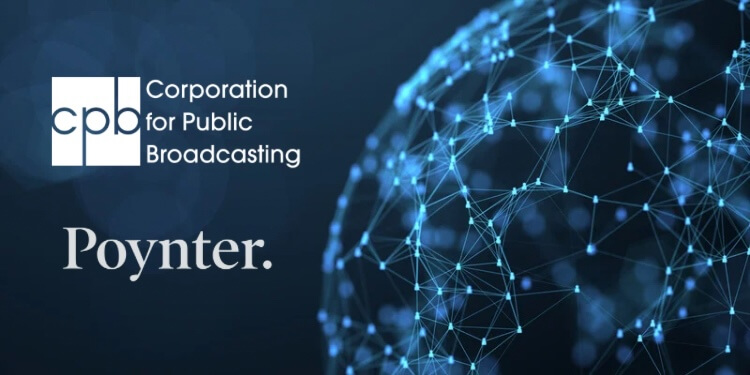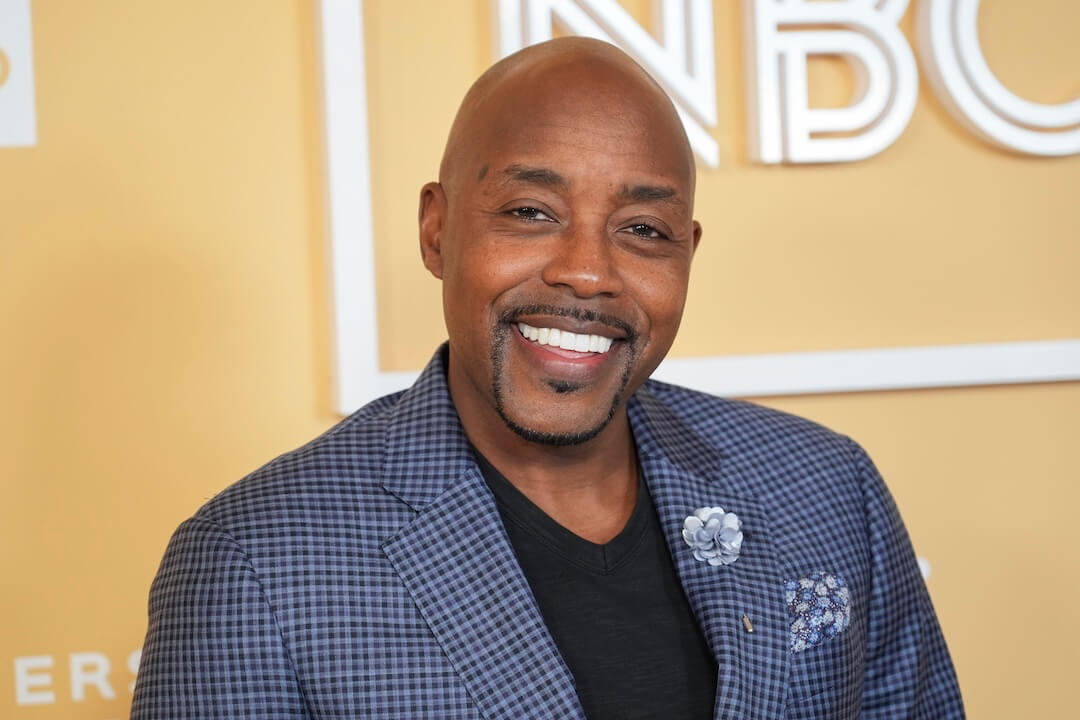
Former Missouri player Michael Sam watches pregame festivities before the start of the South Dakota State-Missouri NCAA college football game Saturday, Aug. 30, in Columbia, Mo. Sam, the first openly gay player drafted by an NFL team, was released by St. Louis Rams Saturday.
Reporters can probably bench the phrase “poised to make history,” for awhile. The St. Louis Rams announced on Saturday that they cut Michael Sam, the NFL’s first openly gay player to be drafted. It’s still possible that he will become the NFL’s first openly gay player to play an NFL game, and he’s already made history. This off-season has seen its share of both on-target reporting and media misfires.
When football fans were hungry for news about who would be cut and who would still contend for spots on NFL rosters, ESPN ran a segment on Sports Center that started out being about whether Sam would make the team.
Last Wednesday’s segment ended up including a quote from an anonymous source commenting on Sam’s shower habits.
ESPN issued its official apology last week, saying that the network regretted not living up to its own standards for reporting on LGBT issues.
“This should be an educational moment,” said Wade Davis, executive director of the You Can Play project, which encourages straight allies and LGBT athletes to create safe spaces for LGBT kids playing sports. He’s a gay former NFL player.
It’s essential to avoid the temptation to focus on a single story or create one-dimensional portraits of individuals, Davis said. Too often, journalists approach a story with a given narrative in mind, and ask questions to make the story fit that narrative.
With this story, Davis said, the narrative was that NFL players are homophobic, macho bullies.
“You’ve got 32 teams and 53 players on each team,” Davis said. “You’re going to be able to find some idiot to say something stupid.”
Journalists may be more likely to be sensitive to stereotypic portrayals of marginalized groups, but the backlash ESPN received on this story can serve as a reminder: forcing a story to fit a narrative you have already decided on is disingenuous at best. NFL players are not one-dimensional.
“People just can’t believe that NFL players are human,” Davis said. “That they can be nice to each other. That they can be kind.”
Had ESPN found that there was a significant conflict or discomfort in the locker room, Deadspin’s Tom Ley wrote on Thursday, then there might have been a real story to report, one worth investigating more fully.
It absolutely matters if Michael Sam is afraid to shower with his straight teammates for fear of making them uncomfortable, and it absolutely matters if his teammates really are uncomfortable.
But reporting this using only an anonymous source and giving the quote no context does any potential story a disservice.
Sharif Durhams, a member of NLGJA’s “Rapid Response Task Force” who was involved in conversations with ESPN’s editors, said that it’s appropriate for journalists to ask questions.
“But once you find there isn’t conflict or an issue, it should be fine to let the readers know that,” Durhams wrote in an email. “Going into the details how how and when Michael Sam is showering and which teammates he’s showering with when there’s no issue is what’s disappointing.”
When journalists ask questions about personal things such as what Sam’s shower habits were, it may be that they are trying to fit a story into a conflict narrative. To do this, ESPN’s Josina Anderson granted anonymity to a source. It’s not just about this one reporter, though, Davis said. Allowing information from anonymous sources to be aired is a newsroom decision, and it was an ESPN decision in this case. Poynter’s Kelly McBride argues that the overwhelming majority of the time, stories don’t warrant the use of anonymous sources.
“If newsrooms would limit the use of anonymous sources to watchdog stories that hold the powerful accountable,” McBride argued on Poynter’s site in 2013, “journalists might gain a bit of credibility with the public.”
Allowing a source to speak about Sam’s shower routine anonymously likely damaged Anderson’s credibility with the Rams, Davis said.
“It’s going to be hard for players to trust her now–you come into their space and violate a code. It’s hard for players to let outsiders in at all,” he said. “If you want players to trust you and be honest, you can’t be trying to get these gotcha moments.”
When Sports Illustrated reporters granted anonymity to sources within the NFL in a story about Michael Sam’s draft prospects in the spring, Stefan Fatsis argued in Deadspin that Sports Illustrated writers “were actually encouraging their sources to talk smack about Sam.”
Furthermore, he said, it revealed the attitude of the reporters about the both the sources and the narrative that might emerge from these conversations:
But if both reporter and source were convinced that anything but a politically correct opinion would be pilloried, and therefore anonymity was essential for any conversation to occur, that set some pretty low expectations for the thought capacity of NFL executives. It also ensured SI would get what it was looking for: people who believe that Michael Sam in an NFL uniform is impossibly problematic.
There are consequences for trying to fit the Sam story into a predictable narrative, Davis said. One of them is that the public has an inaccurate perception of NFL players. When journalists bring up subjects like shower habits, and try to find conflict where there is none or very little, they send a message that the conflict is what’s important in this story, and send a message that sports are not safe or comfortable for LGBT people. A truer portrait of the players and cultures involved might have come from a less pointed question, Davis said.
“A better question would be, ‘Hey, how’s it been–this is a groundbreaking thing–how’s it been getting along with Michael Sam and bonding?’”






